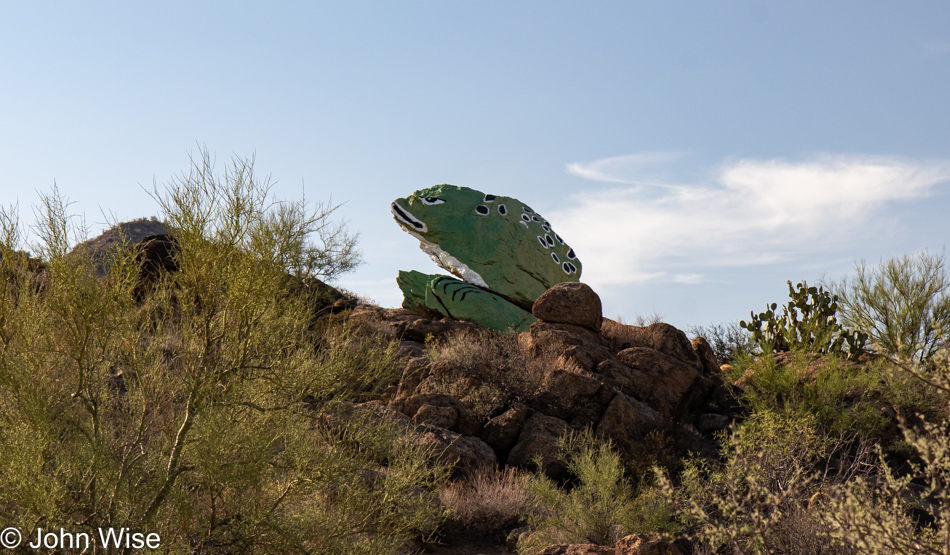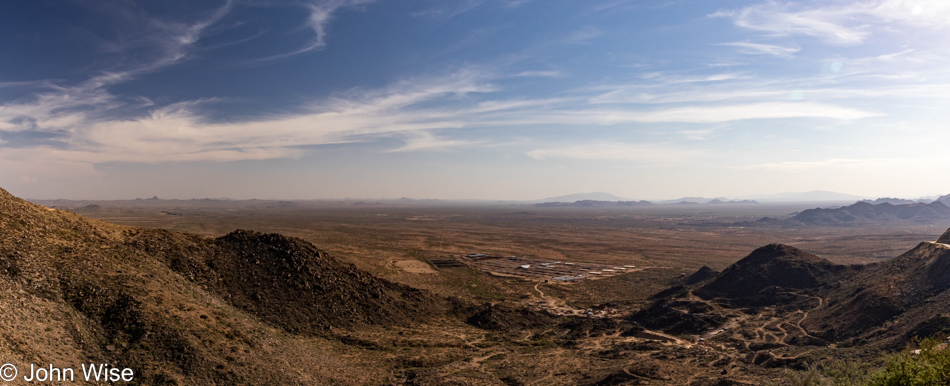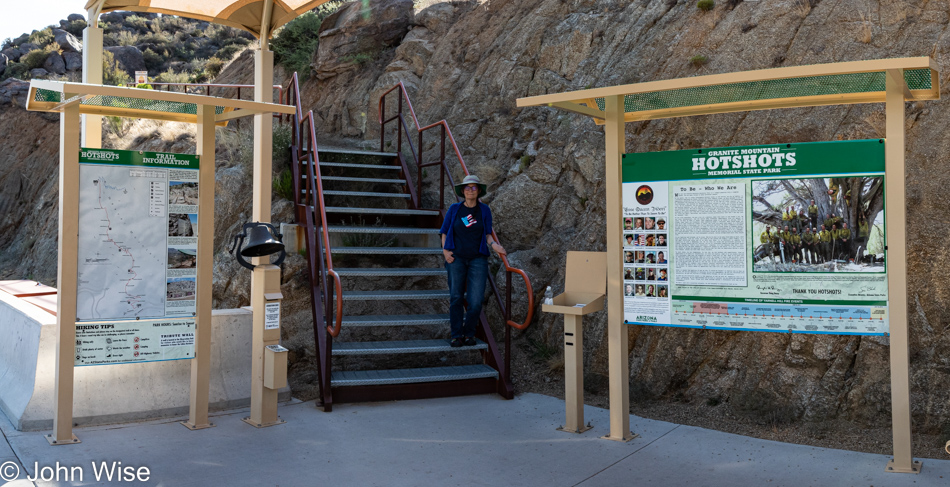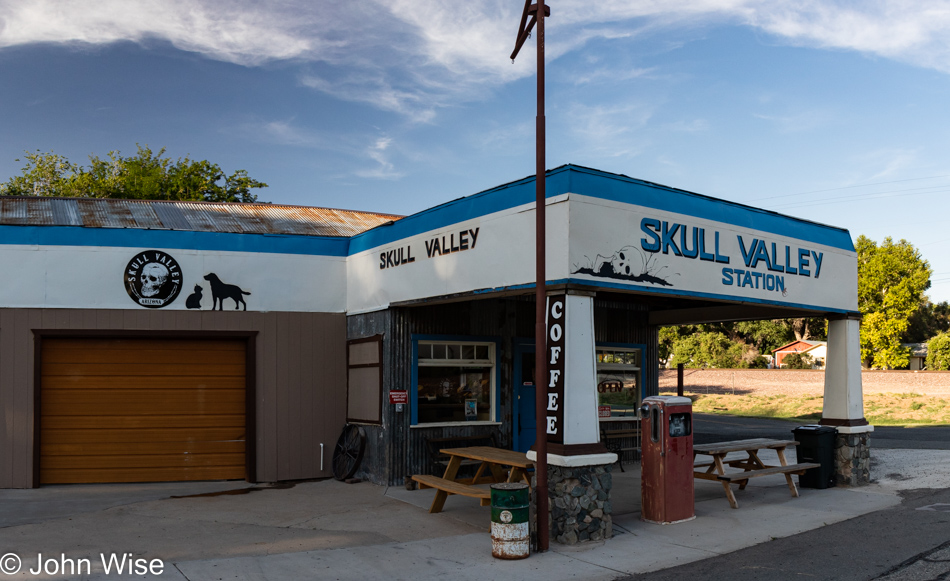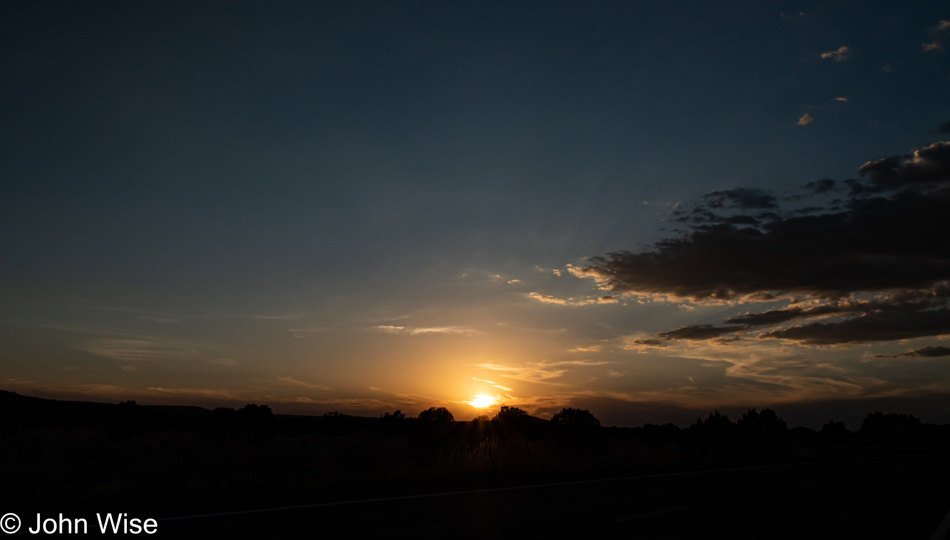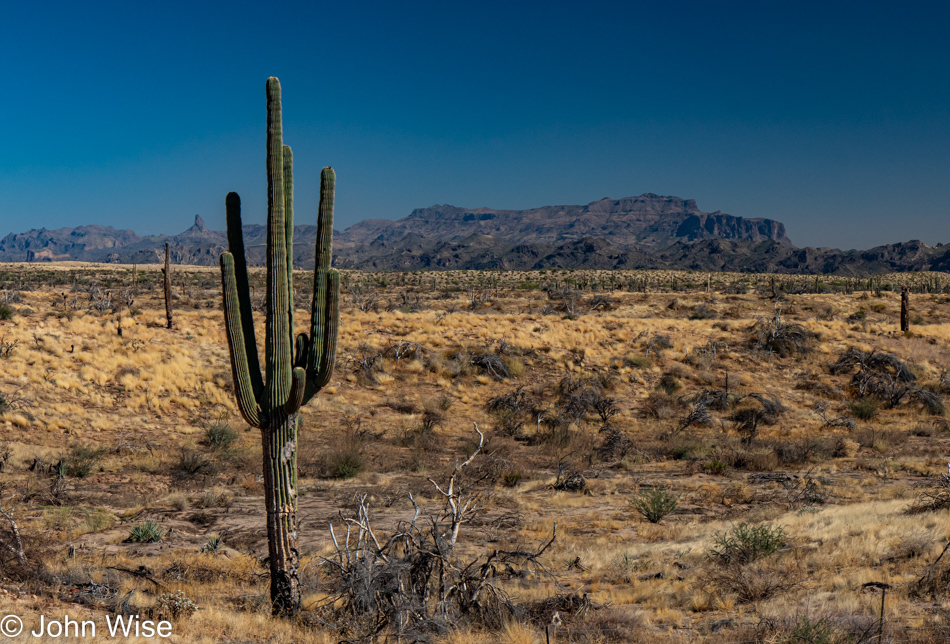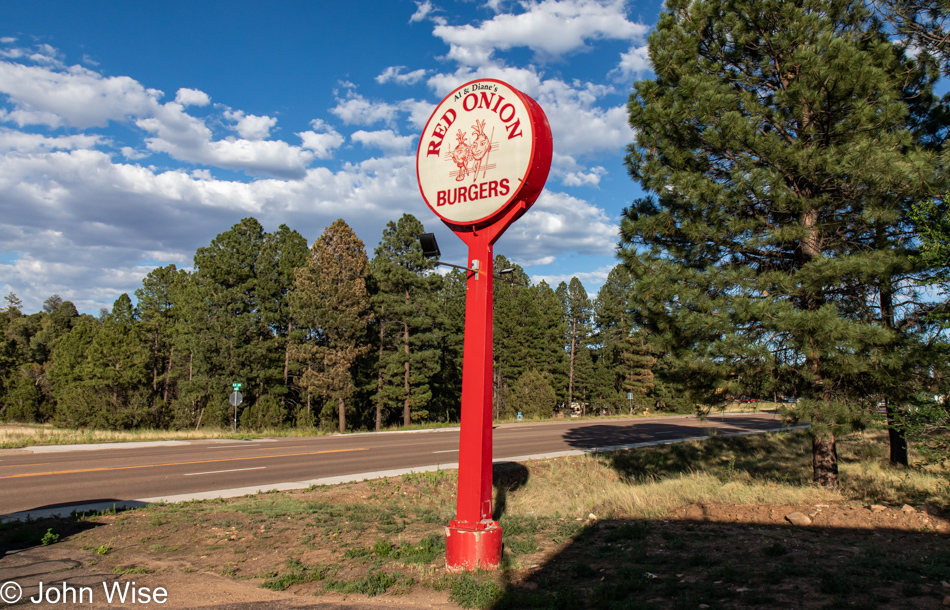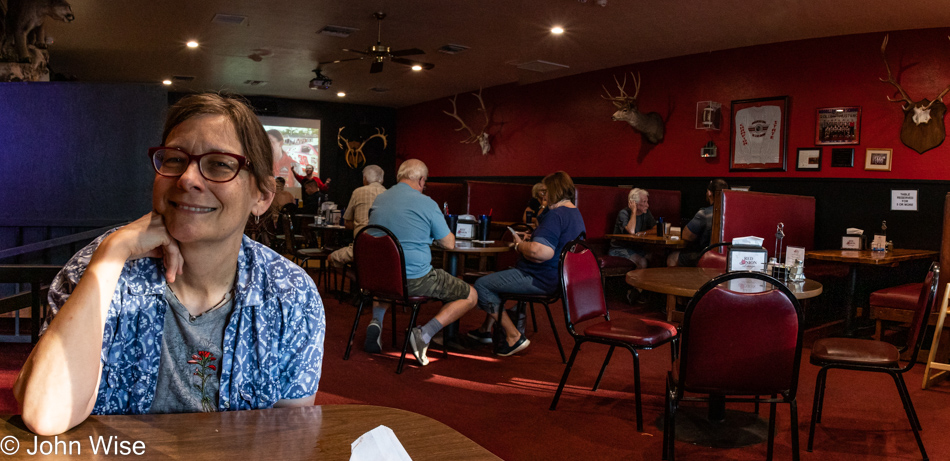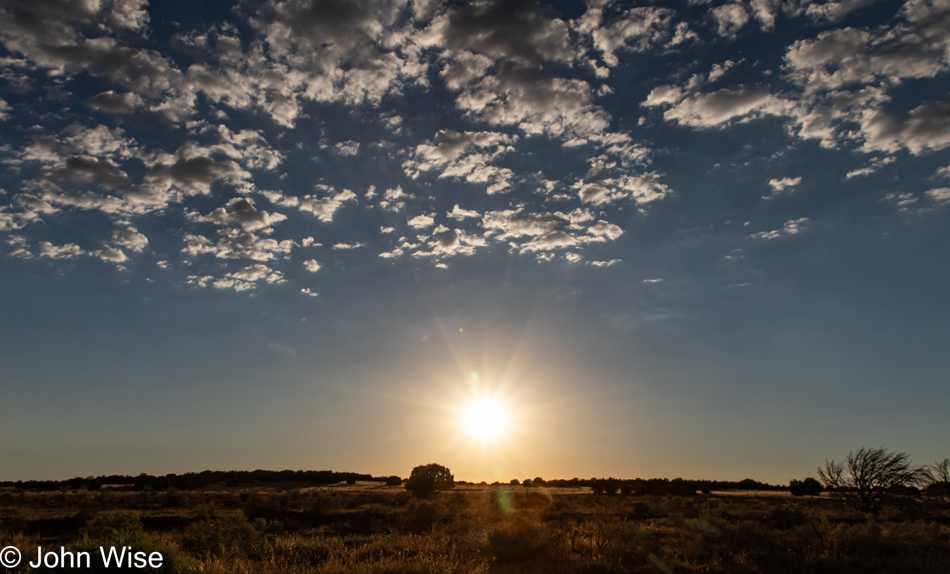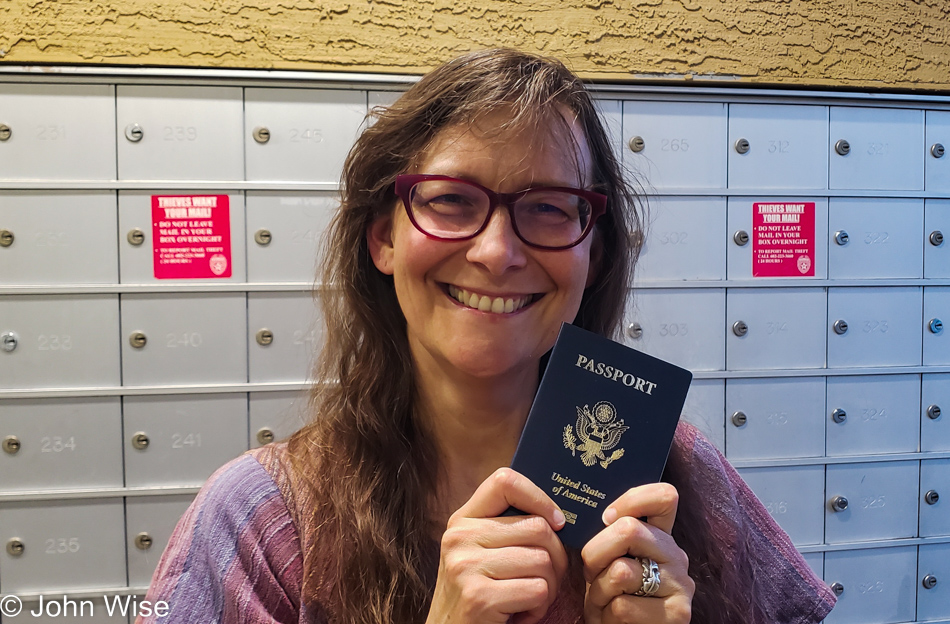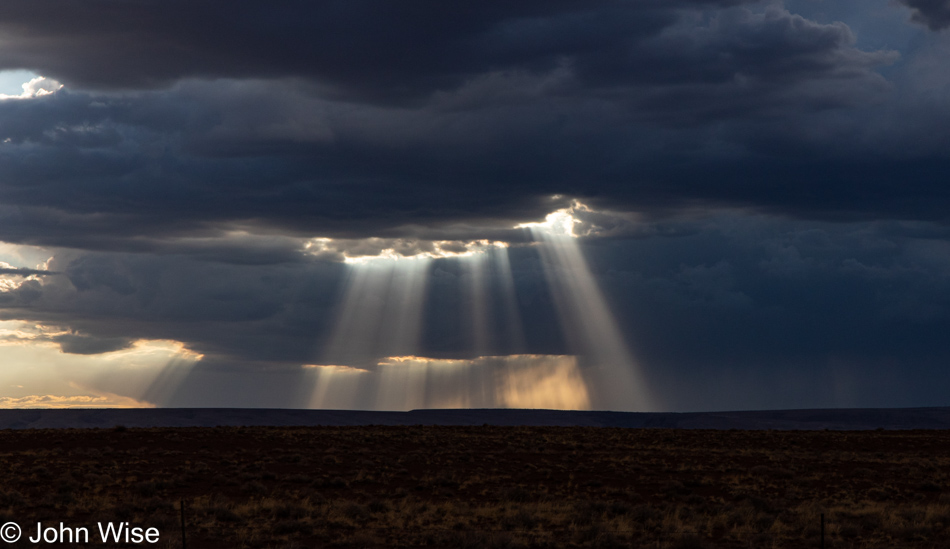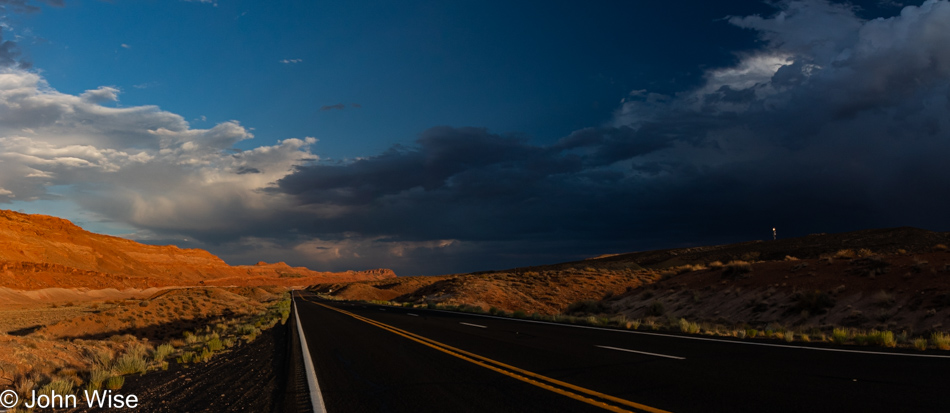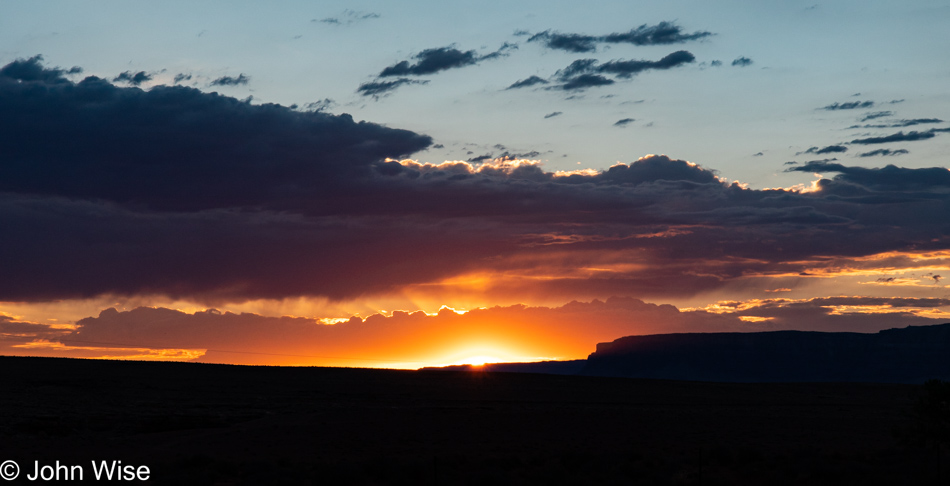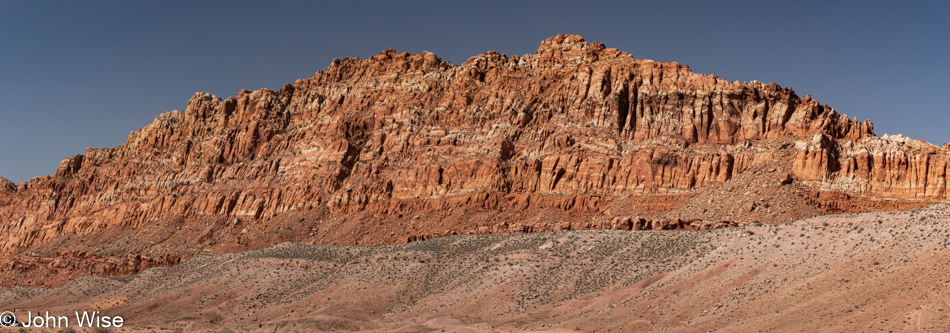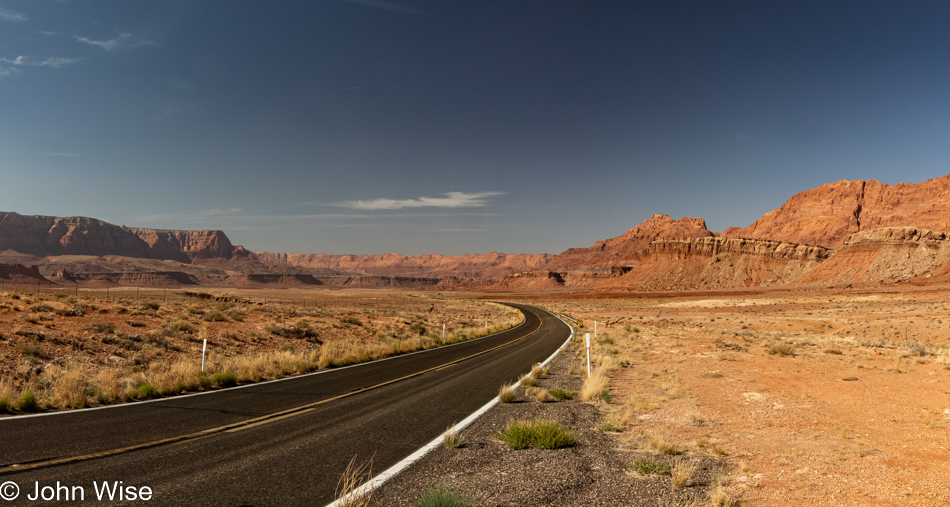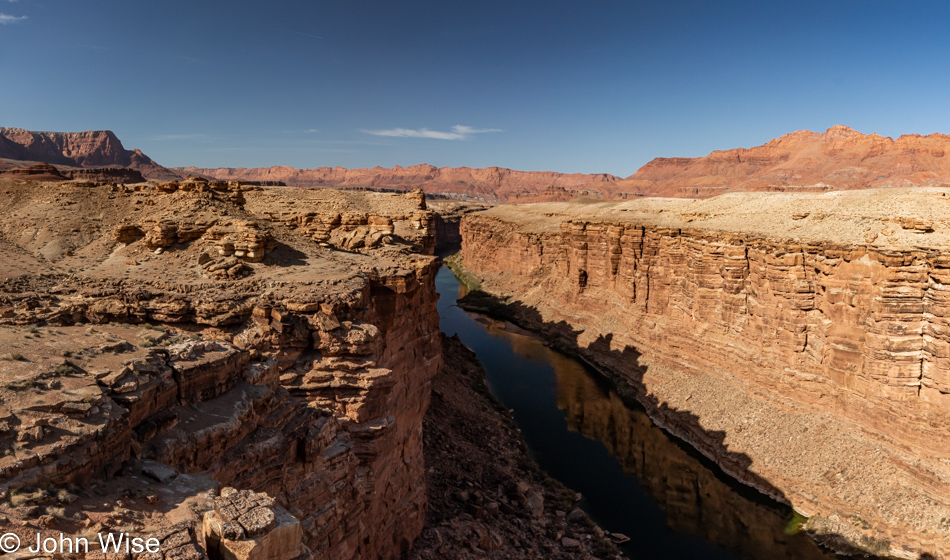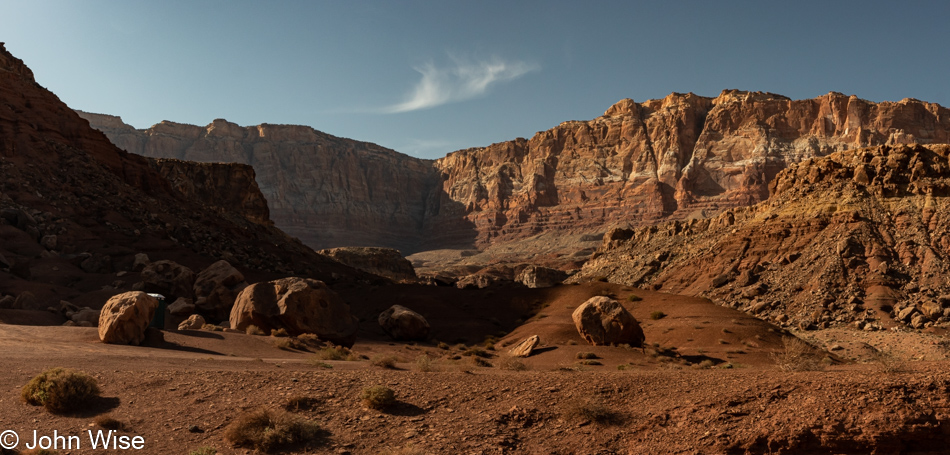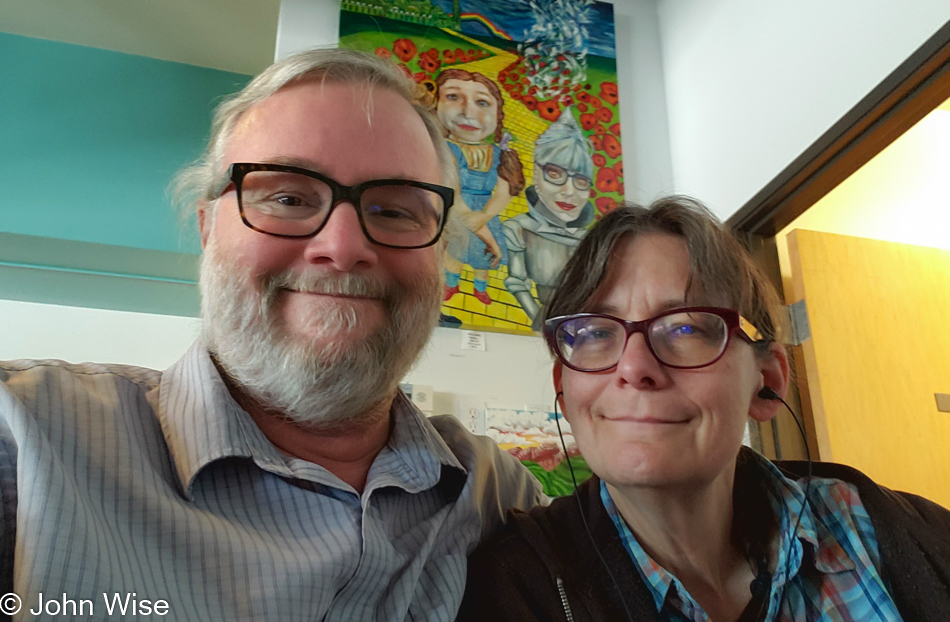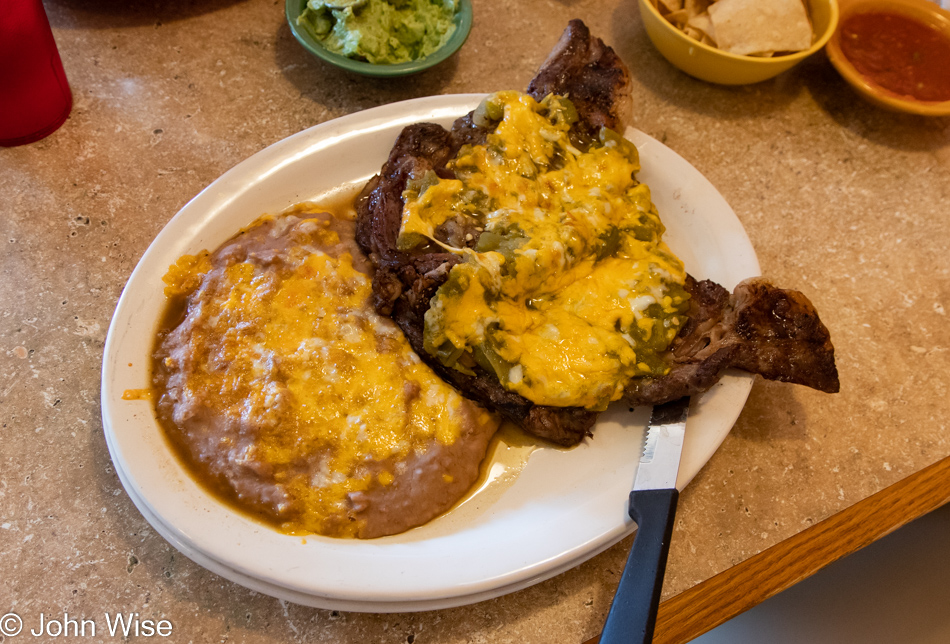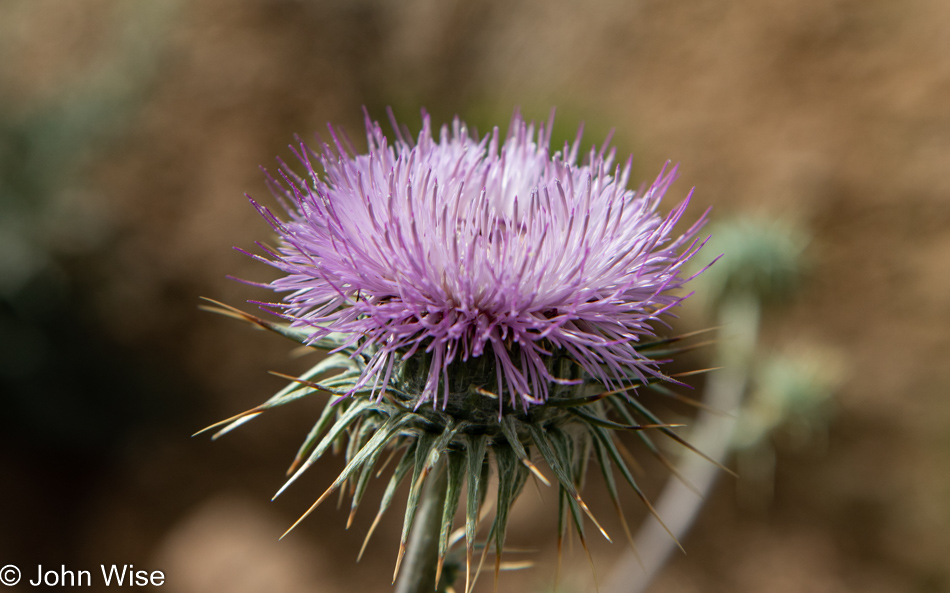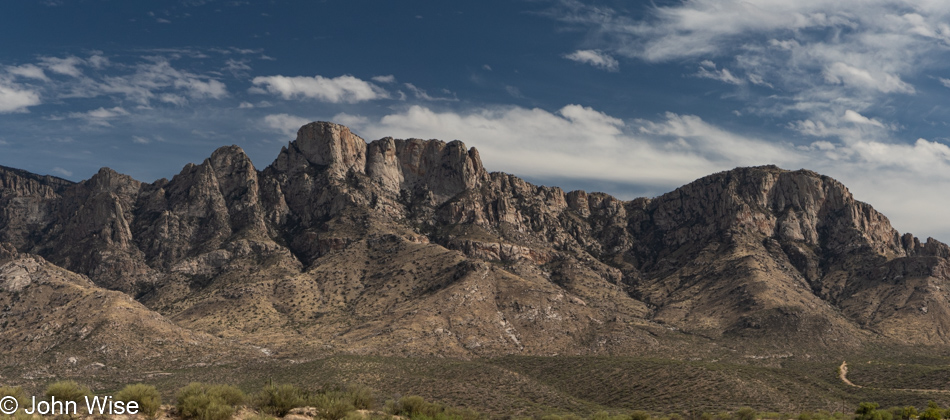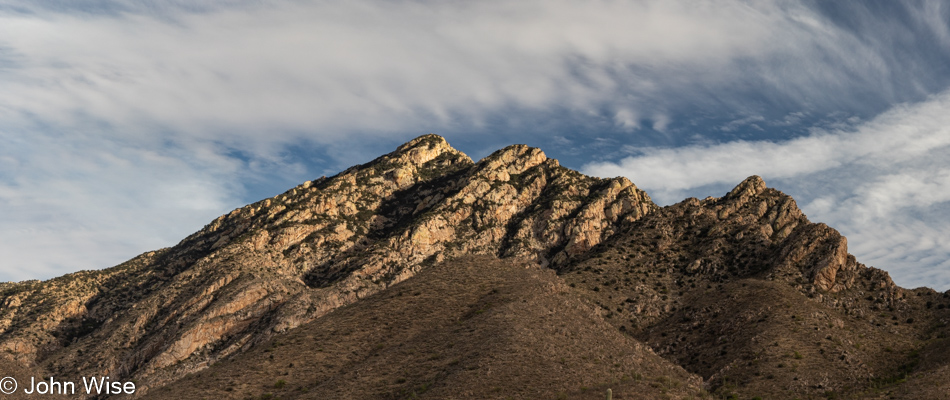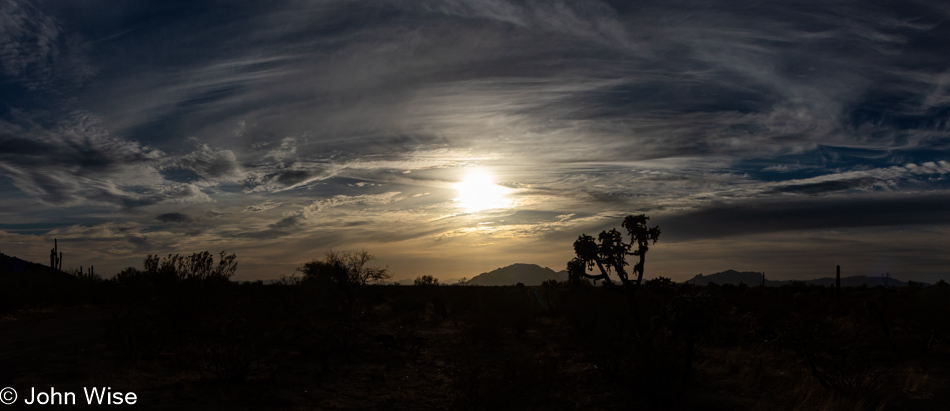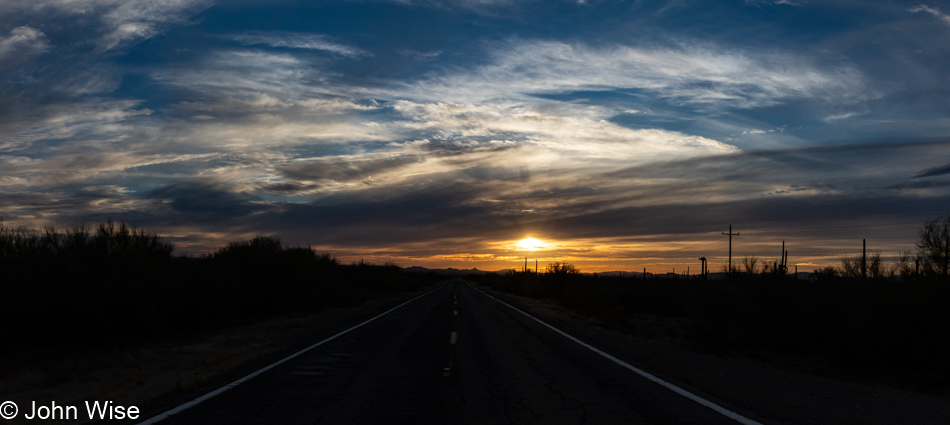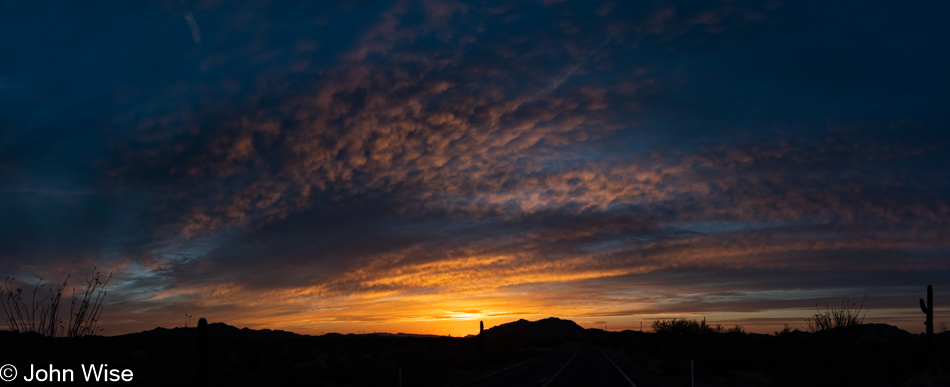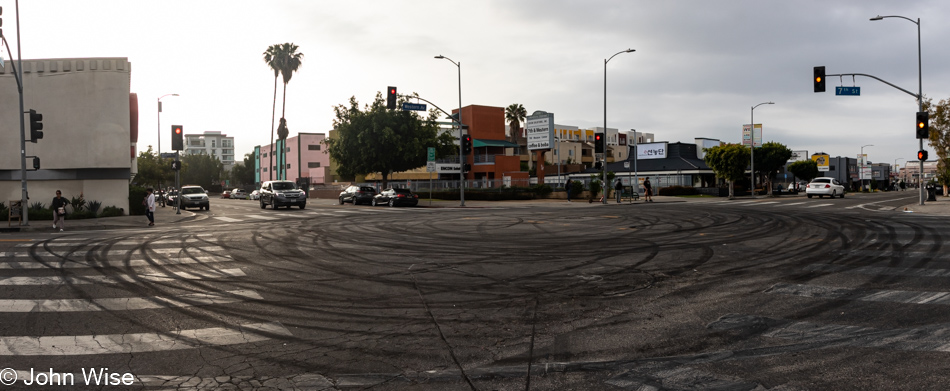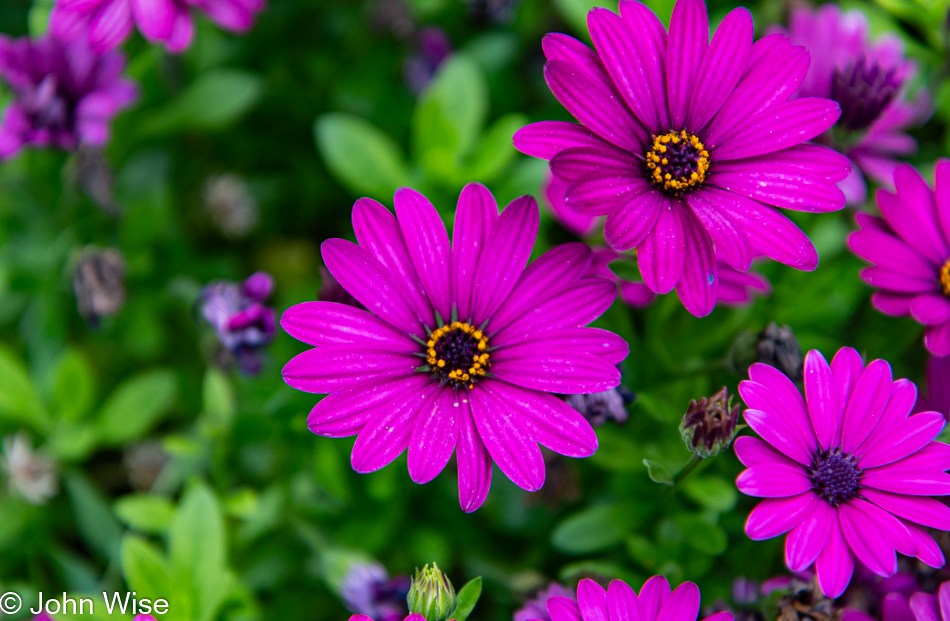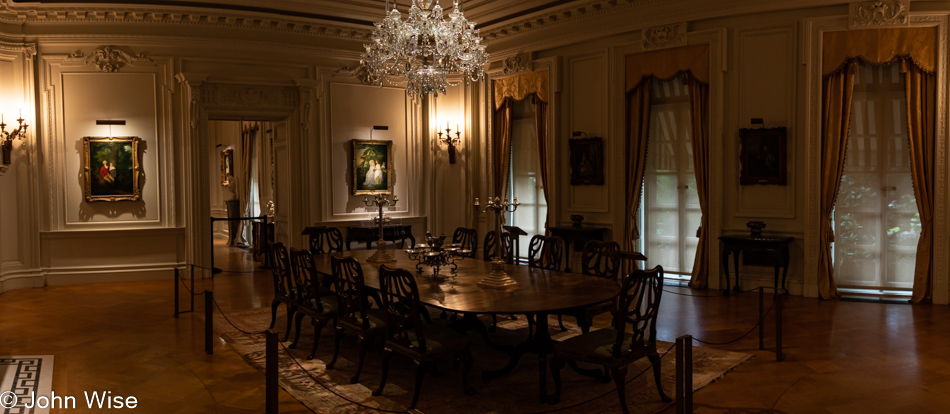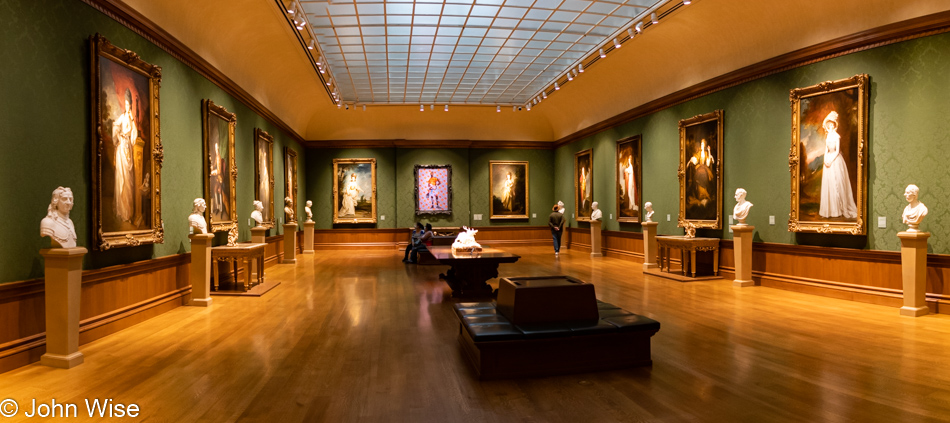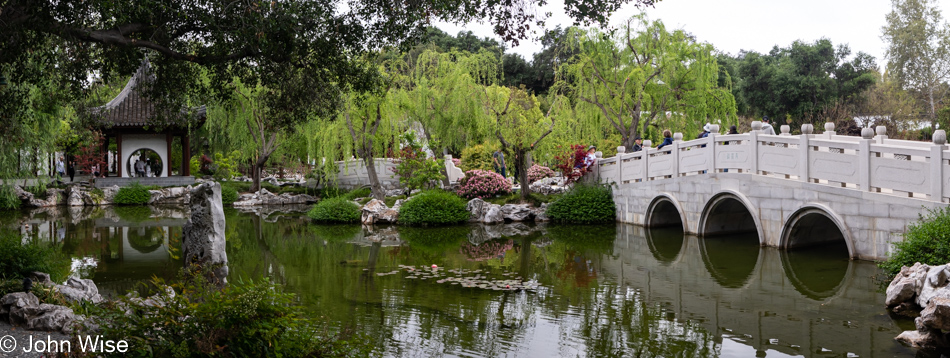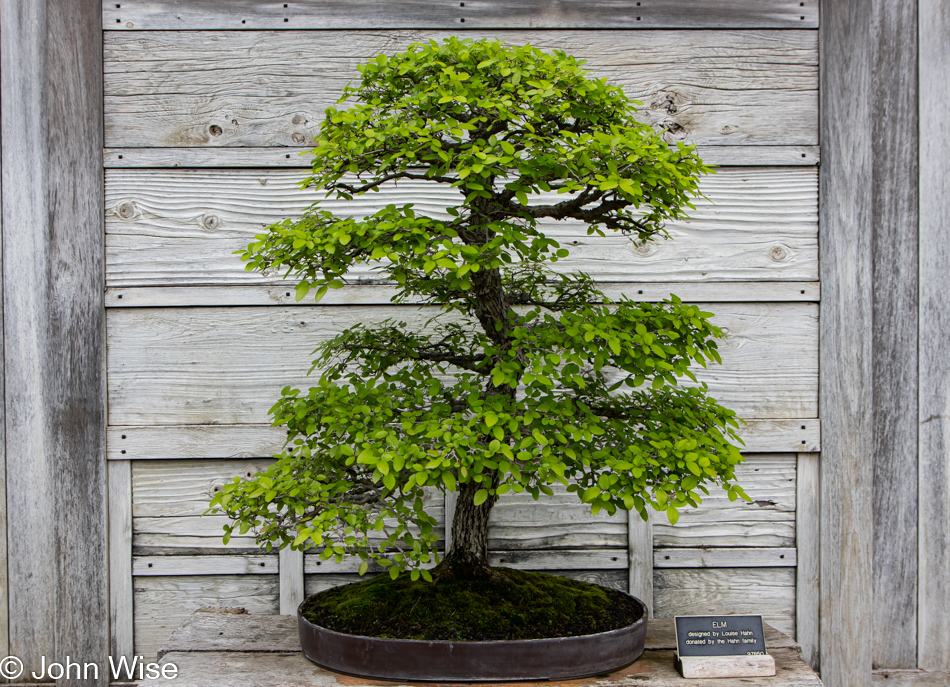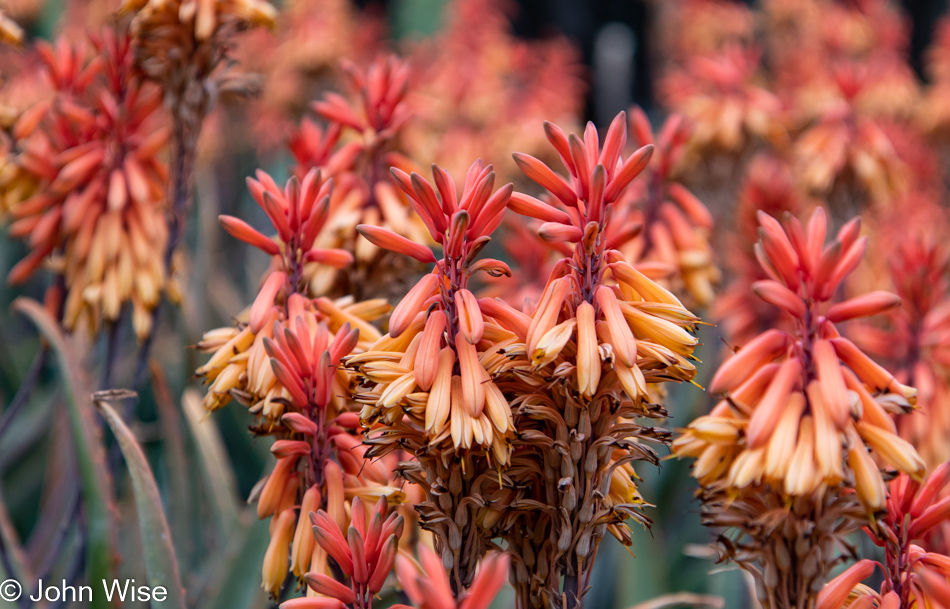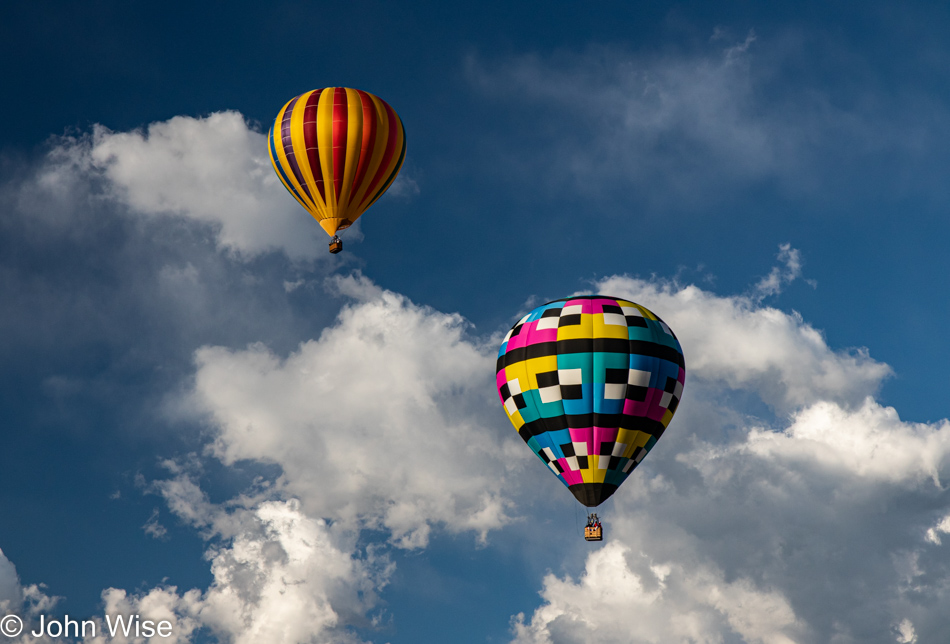
The air up here in the Wasatch Mountain Range is crisp and clear, making it a perfect place for hot-air ballooners looking for an exciting way to see the surrounding landscape. Sure, a part of us would like to gain that perspective of floating over the countryside, but the uncertainty of how our fear of heights will handle this situation allows our curiosity to back away from feeling the need to do all things just because we could. Our terrestrial viewpoint isn’t a bad one either, after all, we are offered countless opportunities to witness an infinity of sights and experiences such as this one upon walking out the door of our motel.
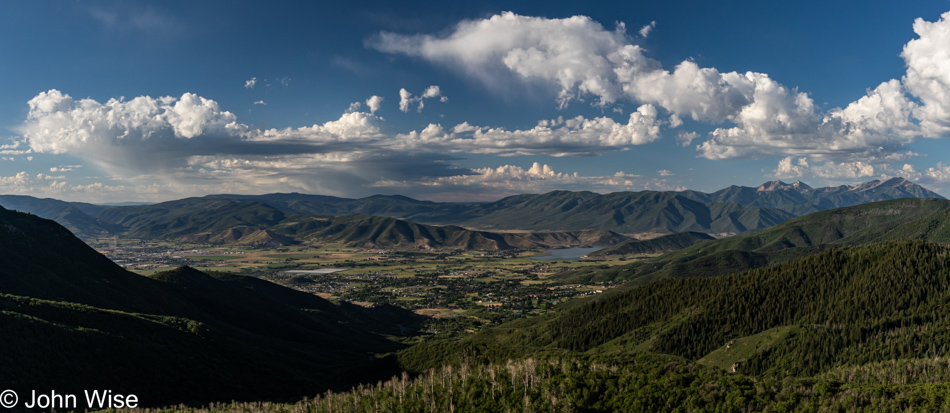
This morning, we are heading up through the town of Midway on Pine Canyon Drive, a bit of a nail-biter with very few opportunities to pull over on the narrow road full of hairpin turns. During winter, this road is closed, and it’s obvious why. That’s Midway in the distance on the valley floor, and to the far left, you can spy a corner of Heber City. At some point, just before our trailhead, we merged onto Guardsman Pass Road, and shortly after, we reached our parking area.

Good thing we showed up early as there were already 20 cars parked in the large dirt lot, but by the time we’d come off our hike, the area was full, and people were parking a quarter mile away in an overflow area on a sketchy steep side driveway, while others who hadn’t heeded the signs that there was NO parking along the road were getting ticketed or maybe on their way to being towed. By the time we were finished with our walk, we only wanted some food and to rest our tired feet. Enough of that; time to get on down the Bloods Lake Trail before continuing on to Lackawaxen Lake.
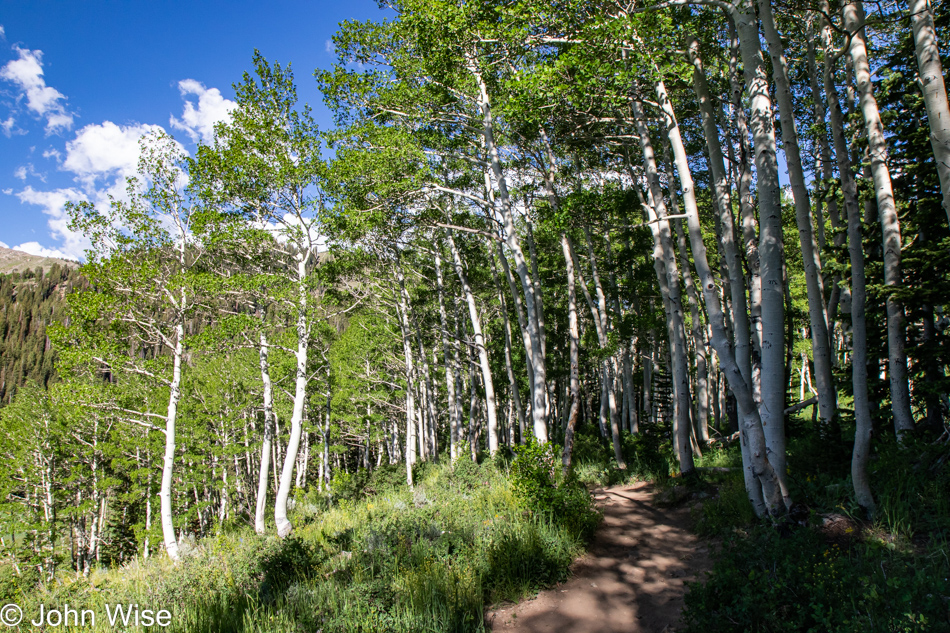
A small detail to note: we parked in the shadow of Jupiter Peak, which stands just below 10,000 feet, and our hike will take us over towards Clayton Peak, towering at 10,689 feet (3,258 meters). The trail itself is supposed to be just over 5 miles with an elevation gain of 1,118 feet (310 meters), but considering that we took an alternative trail back to the car, we had more gain than that and, of course, the descent. And while this was our major activity of the day, somehow, we amassed over 8 miles of walking (13km).
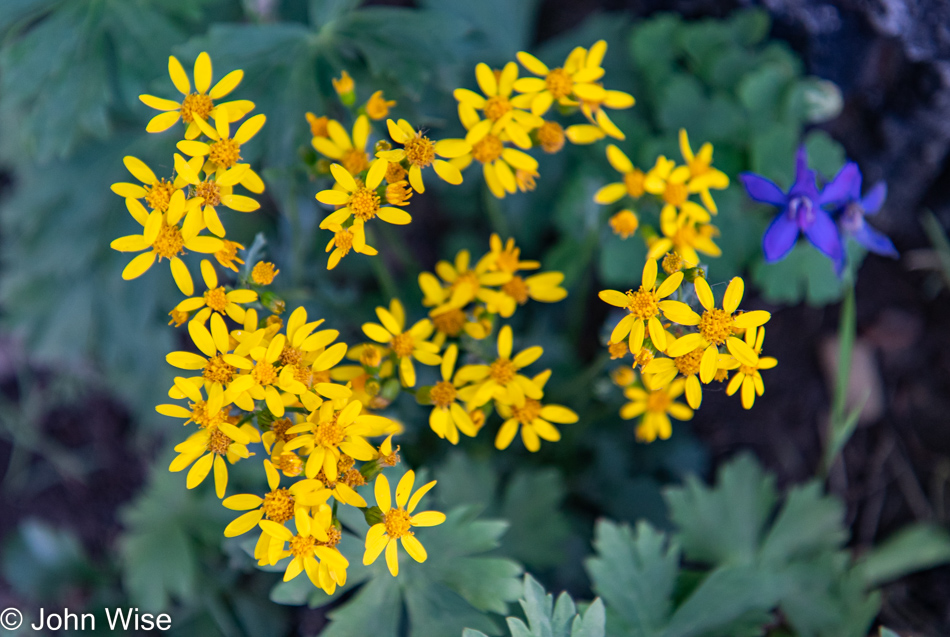
As you’ve seen by now, the forested trail is beautiful and in keeping with the theme established a couple of days ago at Cedar Breaks National Monument: we are here during the season of wildflowers. These particular yellow flowers appear to be part of the packera genus of plants and are commonly known as golden ragwort.
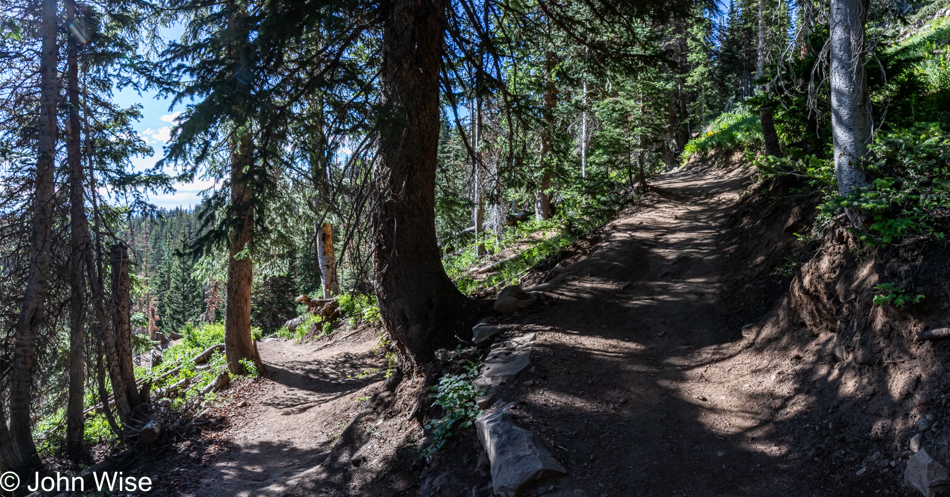
Switchbacks at this elevation are never really fun for those of us who live in lower climes, but the excitement of being in such an intriguingly beautiful location and our insatiable desire to experience more move us forward, even if we have to take frequent breaks to catch our breath.
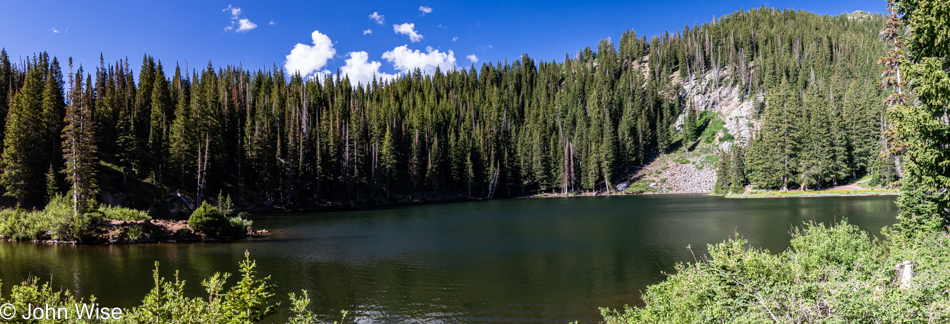
For our efforts and treasure offered to the gods of capitalism, we are afforded payoffs like this. At this point, we are little more than a mile up the trail, and this is also the place most hikers park themselves if they are able to endure the mosquitoes. We’ll only be here momentarily as Lackawaxen Lake is still another mile and a half away, and we have about 32 miles (563km) of driving ahead of us today before reaching the town of Blanding, Utah, where we’ll have an overnight.
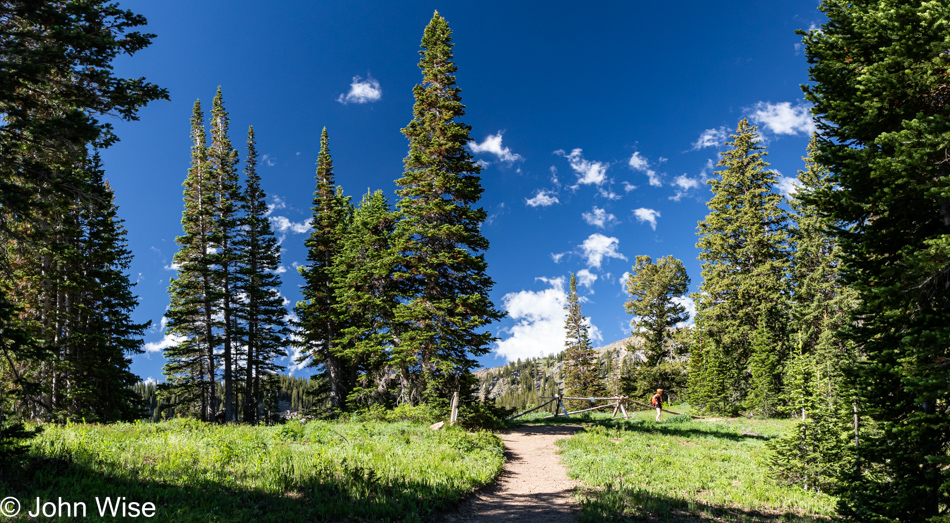
If we didn’t live an 11-hour drive away from here, we’d certainly make the effort to visit more often. As for flying up to Salt Lake City and grabbing a rental car, that would add no less than $600 to the cost of the weekend. When using our own car, we spent about $140 in gas to be here, and that’s for the roundtrip.

That’s Clayton Peak up there, and it’s just below it down in the treeline where we’ll find our next lake and even more mosquitoes.
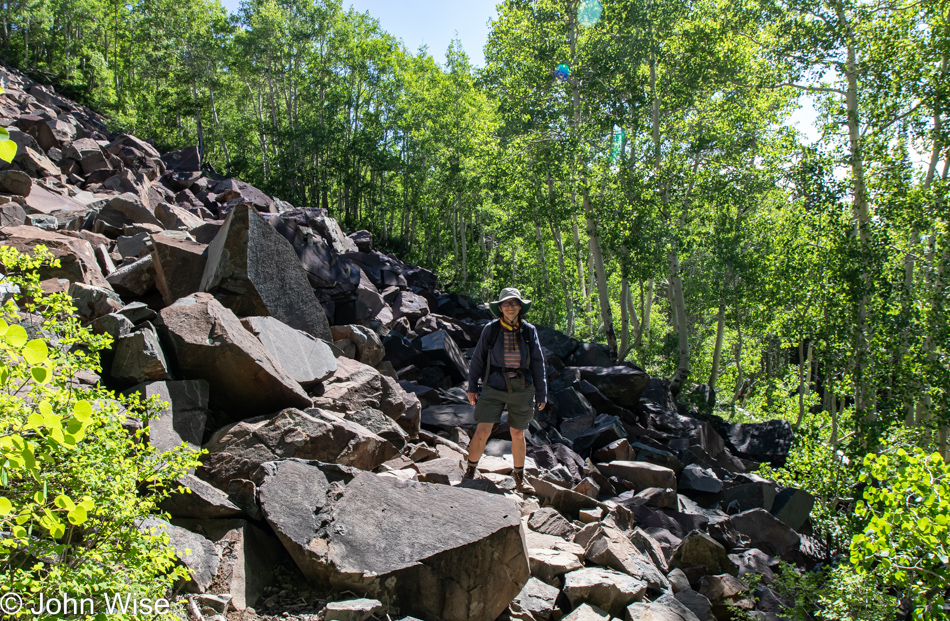
Some small rocks to walk over before we reached some serious boulders that required negotiating, along with a bit of snow further along the trail just before arriving at the lake. Regarding the jagged boulder field, a couple of times, I found my way through on my butt, as standing high above the gaps was triggering my anxiety.

But we made it to Lackawaxen Lake, where we lingered for two, maybe three minutes before running away with a cloud of angry, hungry mosquitoes on our tail.
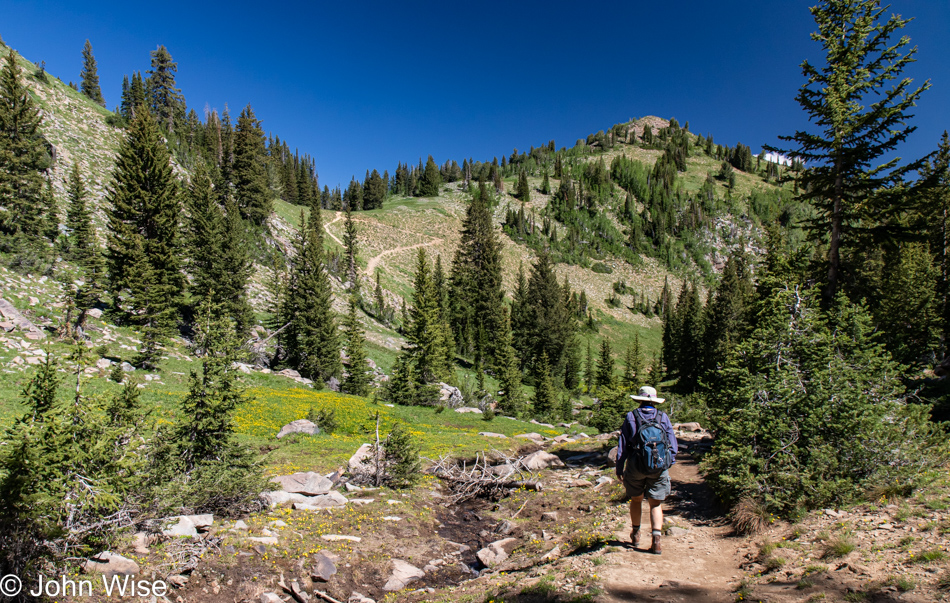
My stoic, resilient, hard-ass wife is not one to let some pesky mosquitoes interfere with her joy, so she just keeps on going while ignoring the bloodsuckers drinking from her bare legs so they can make baby mosquitoes. I, on the other hand, shoo them away, swat them, nearly panic when they approach my ears, ask Caroline if she sees any of them on my shirt, and then whine that we don’t have a gallon of Deet/bug spray with us, hell that we don’t even have the tiniest bottle with us. We are at the mercy of mosquitoes, but we have the option to leave while they must live and die here.
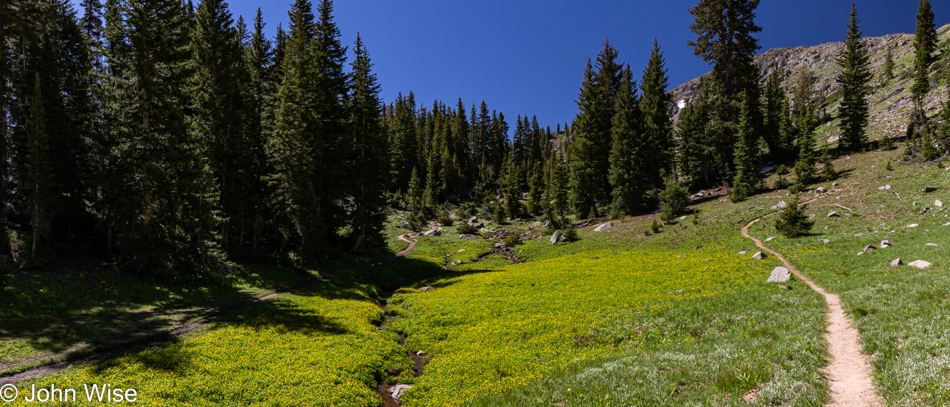
While my eyes luxuriated in the spectacular beauty of the meadow, and I considered what I might write next, I was still thinking of mosquitoes and my snarky comment that we have the option to leave while they must remain. This is where they’ll live and likely die and while some mosquitoes can fly up to 10 miles, I’m guessing that most live near a good water source and a place they can easily find food. Food, that’s what we are to the females, this much I knew; what I didn’t know is that the males feed on nectar but only for a brief ten days as they flash into existence and die rapidly, after only ten days! In comparison, female mosquitoes enjoy a much longer life that, on average, is estimated at up to 45 days, while other sources say it is closer to only two weeks. I also learned about diapause, which is the condition when insects effectively enter a kind of hibernation state due to conditions unfavorable for their species, such as mosquitos here in these mountains when winter sets in.
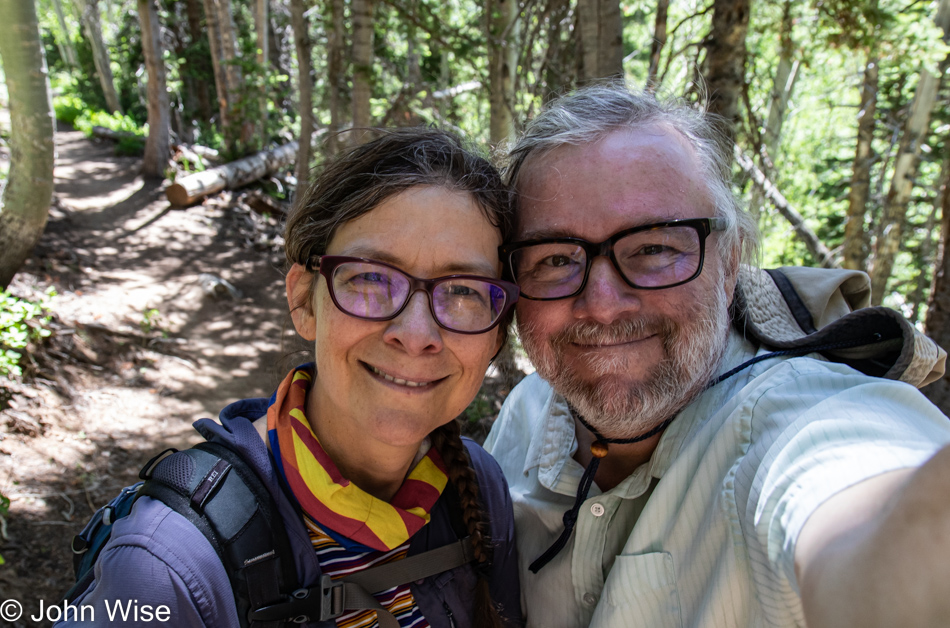
As I was looking inward to find something sweet to write about these two sacrificial blood banks that the mosquitoes zeroed in on every time we took the slightest pause, I had to chuckle to myself as I somewhat maliciously considered that many people in society are frozen in diapause waiting for optimal conditions for them to emerge from stasis and start living lives in the great happiness of optimism instead of their futile non-existence under the rock of despair. Long live the smile of knowing you are alive and have options.
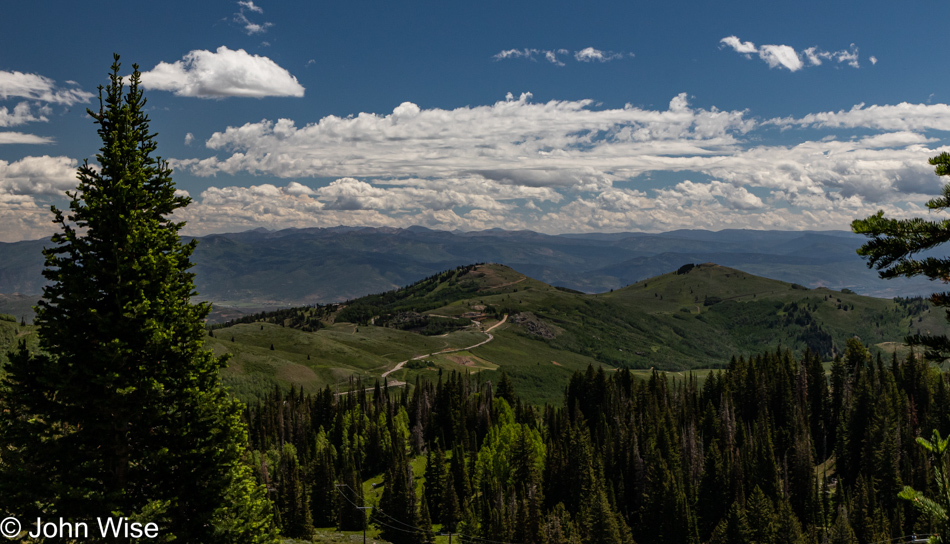
Today was our day to gaze upon this scene for the first time in our lives, and while we may never have the good fortune to ever look at it again, we’ve been here, even if only for a moment. A thousand years from now, this view might not have changed much at all, but the memory of us or specifics of our existence will be long gone as we’ll have been dead for more than 950 years by then. It’s all temporary and virtually impossible to see but a tiny fraction of the space rock we live on for such a very brief time. In some way, we are all like male mosquitos existing for but ten days where everything we will ever know and see must be had in those meager 240 hours. Every second counts, my fellow humans, or are you really content with your mosquito-like existence? On second thought, I should consider that those I’d like to reach might never read something about someone else’s adventures and thoughts as they go about a life of profound isolation. All the same, I’ll just leave this right here.
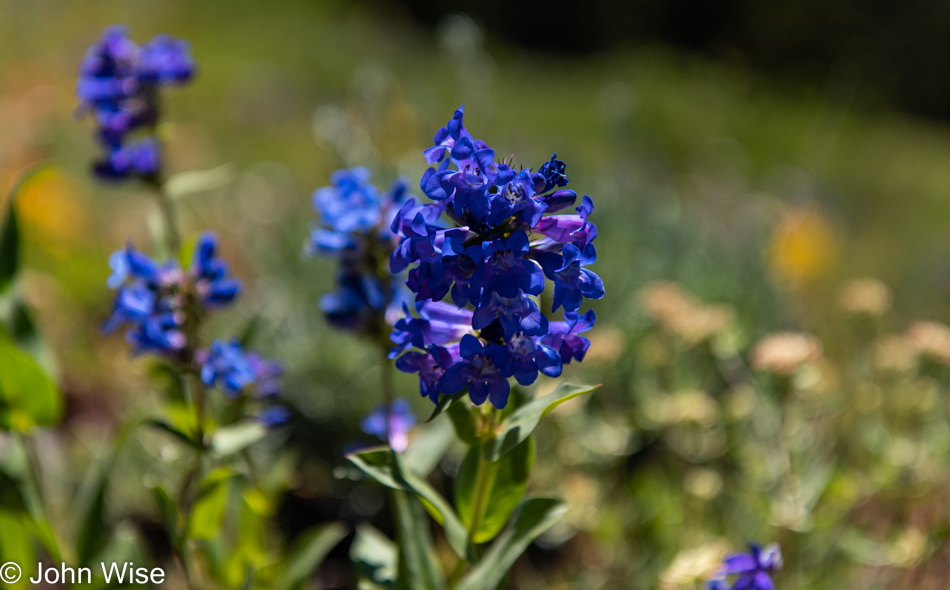
Wasatch penstemon flowers.

More Indian paintbrush.
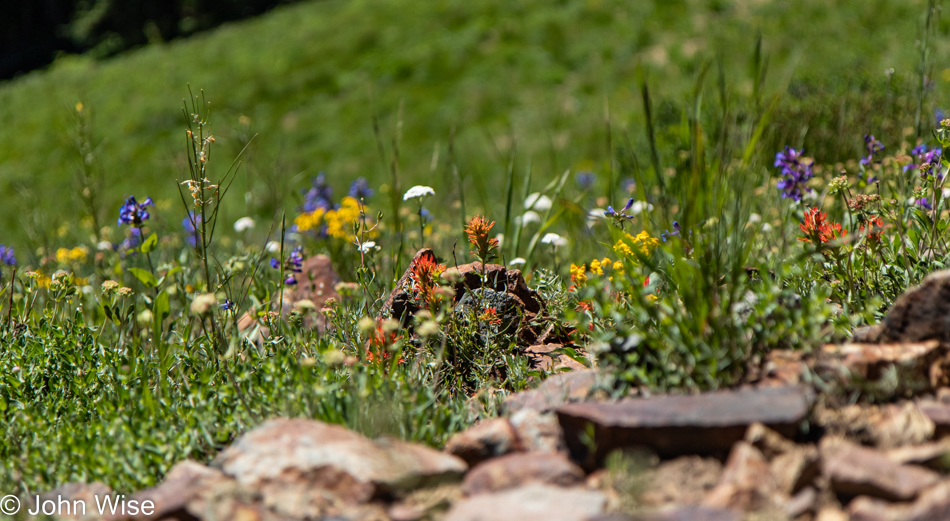
Bring them all together, and voila! a beautiful little patch of wildflowers.

The horror of horrors was our drive into Park City, which is a bastion of self-important asshole drivers high on their wealth and oblivious to civility. I will never again make the mistake of passing through this corner of America, but the view from above this wealthy enclave (towards the right and out of view) is a spectacular one.
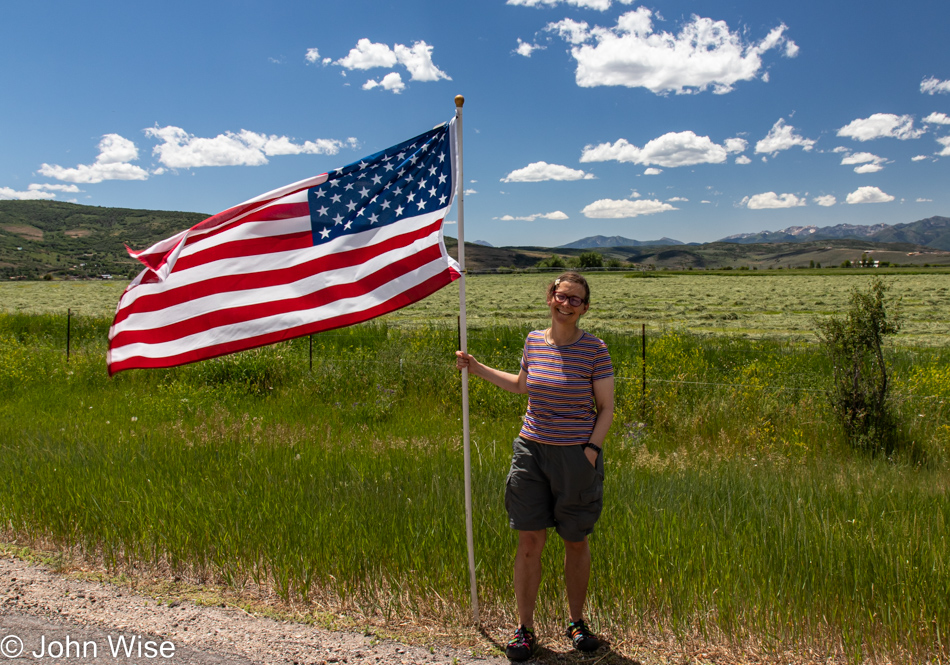
We are on Utah State Road 35, driving southeast, preferring to take the scenic route instead of the faster highway. Tomorrow being the 4th of July, this flag-lined stretch of road feels like one of the most honest celebrations of the big day.

Freshly shorn sheep free-ranging next to the road is not something one sees every day, so we had to turn around, pull over, and hang out with all the sheepies and their lambs.
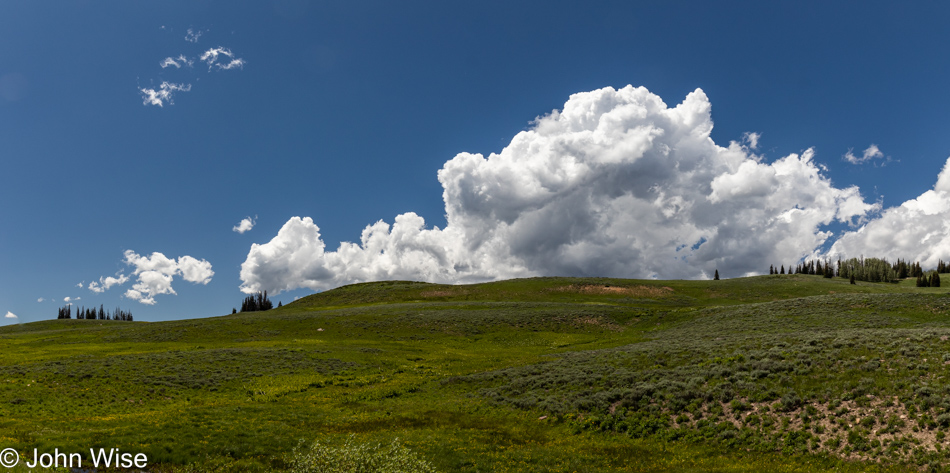
I believe this to be the last photo I shot on this stretch of road before transitioning to the 191 in Duchesne.
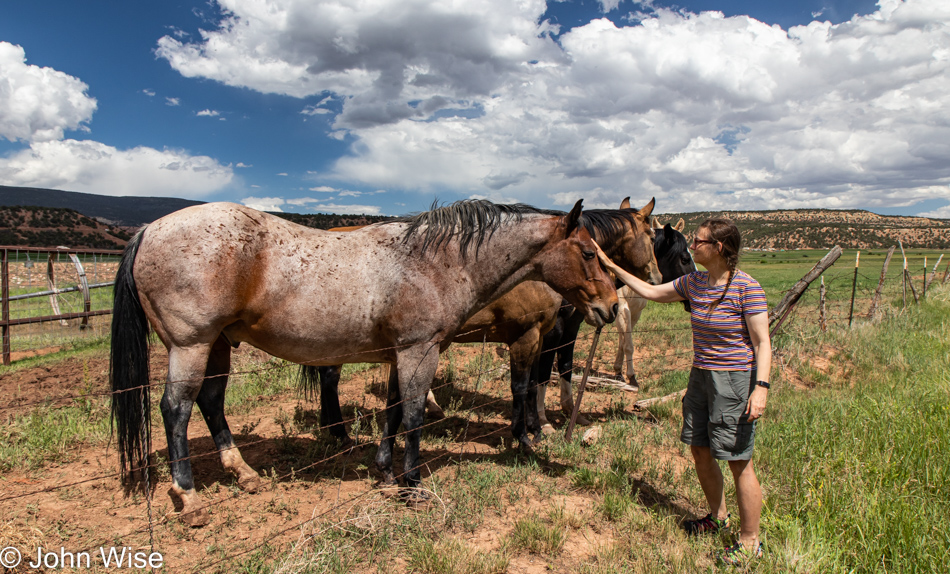
How long should it take to drive to where we are going today? Just as long as it takes, considering that we have to stop for a dozen sights along the way, such as these elegant horses.
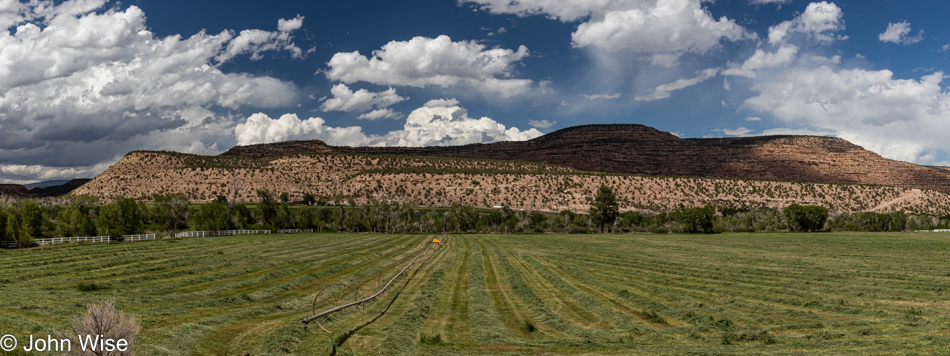
It’s the details between the other details that paint the bigger picture of what was what when we were out somewhere, seeing the things that became memories that must fade with the passage of days.
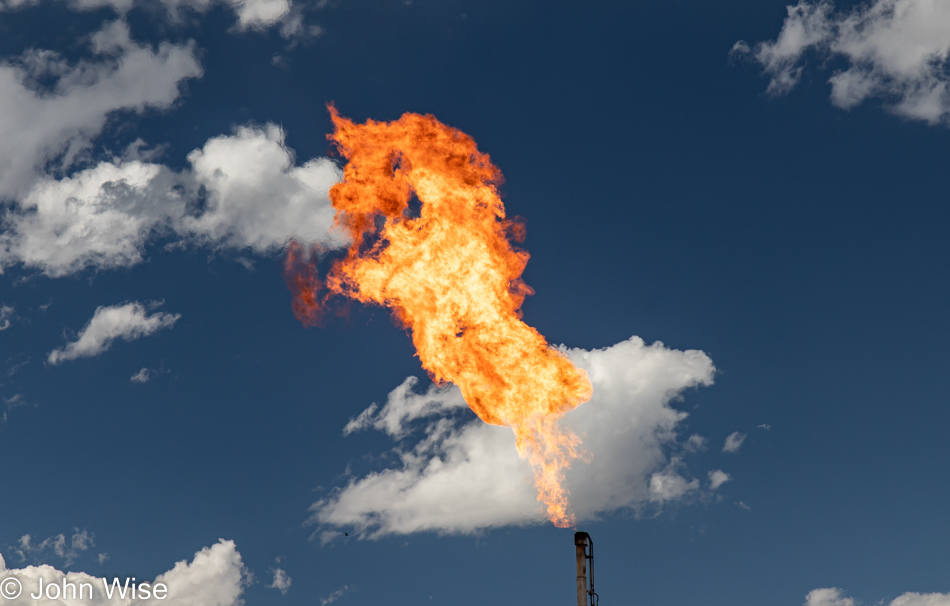
I must have taken dozens of photos waiting to capture the right one of this gas flare and this fire unicorn certainly qualifies as perfect in my book of stumbling into the coincidental.
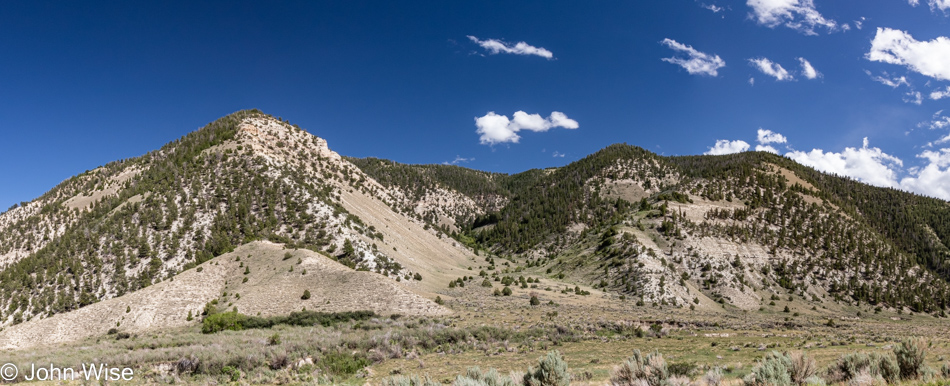
We are somewhere between Duchesne and Helper, Utah, at this time, and signs of people living out this way are few. What is here is a lot of oil and gas pumping. We were also offered a lesson in stopping in the middle of the street for a photo when thinking there was nobody behind us; I was about to step out of our car for a photo when I heard the roar of a giant diesel engine and then caught sight of a large oil tanker speeding straight at us. I threw the car back into gear and hit the gas as hard as I could so the guy fast approaching didn’t have to slam on his brakes to avoid rolling over us and snuffing our lives out of existence.
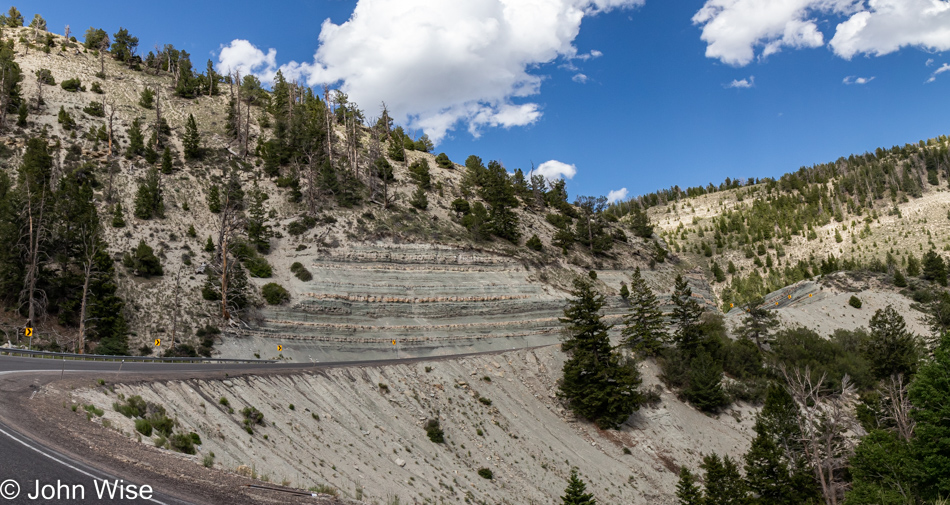
Beauty is found in the fluid and infinite state of things; we sense it in the clouds, layers of stone, patterns of where trees grow, the song of birds, music, or the sound of flowing water. We are always passing through sensuality and the passions of nature but are not always tuned to understanding the equation to which we are intrinsically linked. Every time we venture into these unknown ramparts and bucolic scenes, we are enmeshing ourselves in the greater tapestry of life as humans have come to know it. Expressing this relationship in words, images, music, or poetry is our primal language that transcends the work/enslavement structures distilled from others who desire to use human capital for their own means. To be out, exploring, observant, and in delight is to be free. The amazement of opportunity is where freedom is most easily found.

Somewhere near Castle Gate seems appropriately named to me.
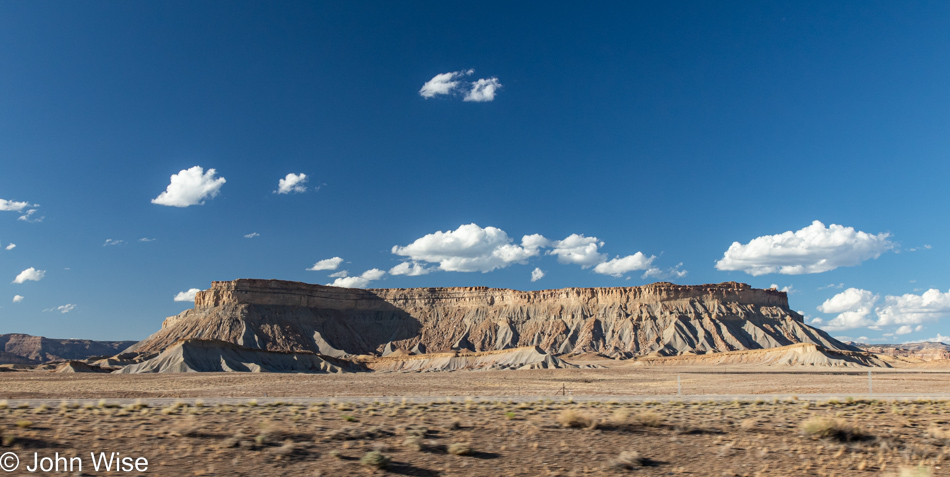
While we can’t always avoid major highways, we try not to miss the few views worth capturing, even if it means rolling down the window, having Caroline take the wheel, and me shooting the photo while driving at 80 mph. Yes, that is exactly how this photo was captured.
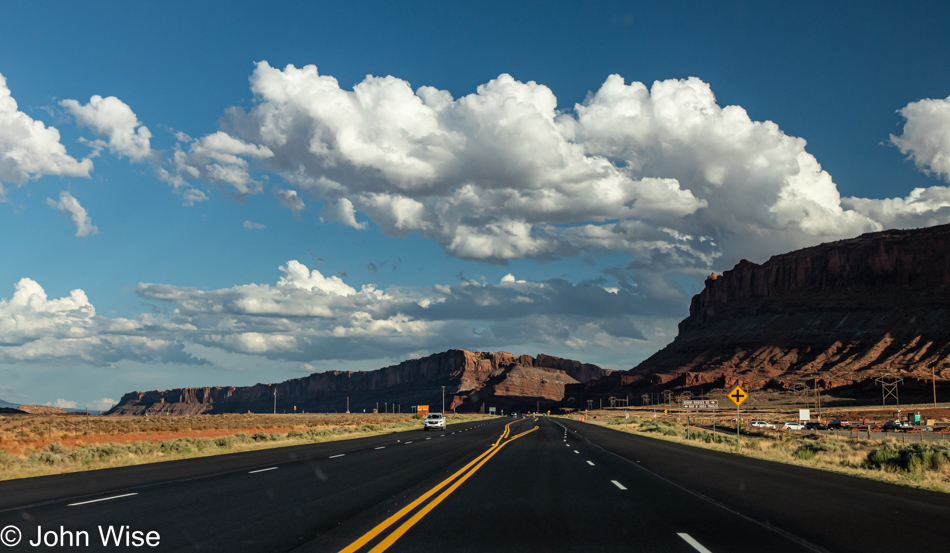
Arches National Park and Moab, Utah, are out there over the horizon.
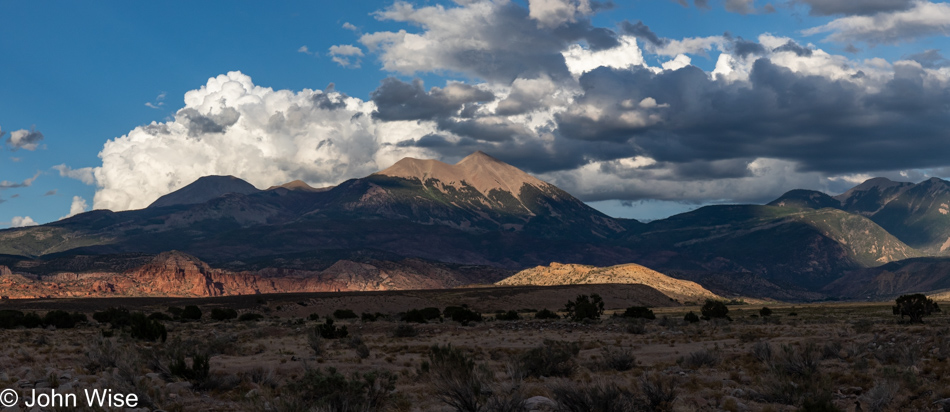
No time for crowded tourist destinations this late in the day as we still have 75 miles ahead of us.
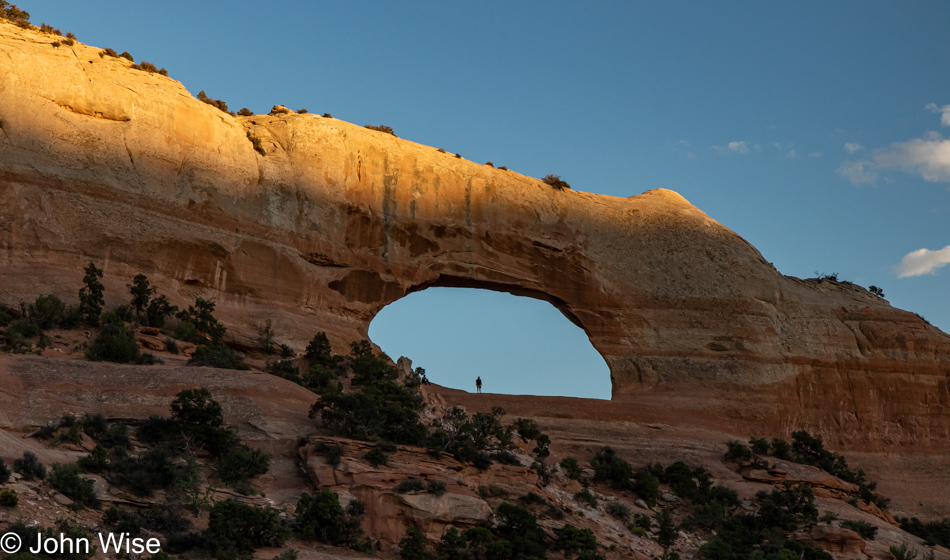
Okay, just a quick stop at Wilson Arch.
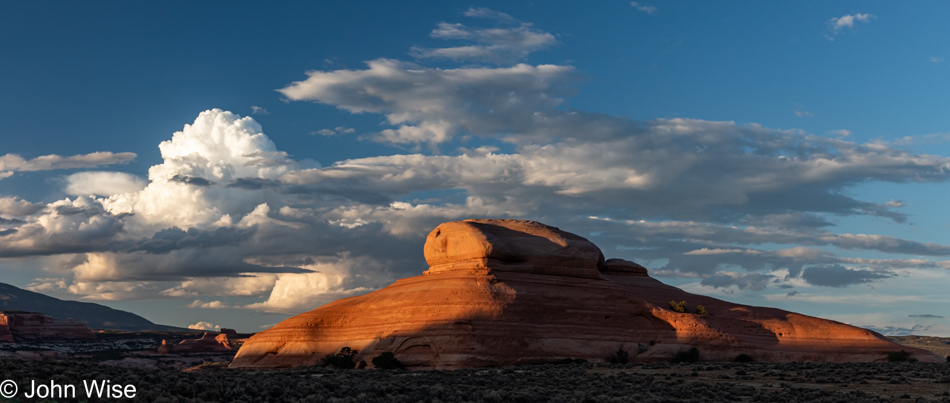
We’d better stop for this, too, as maybe this will be the best photo we are afforded for sunset.
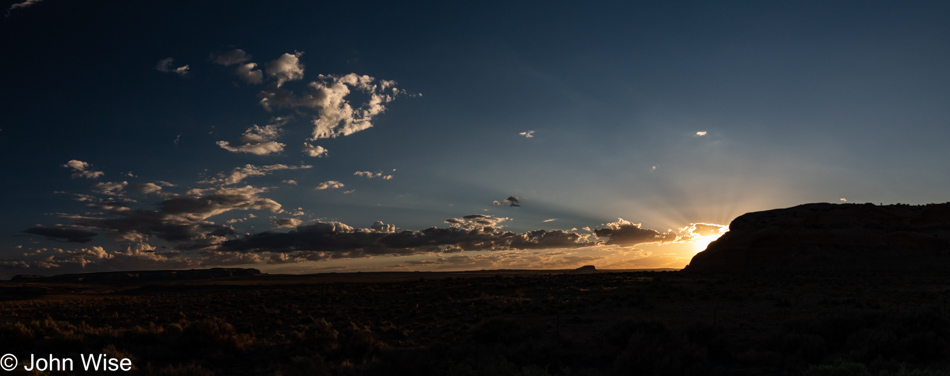
But then we saw the sun hiding just behind a sandstone bluff, sending out god rays and some golden glow, letting me frame the foreground as a silhouette. This, though, has to be it as it’s getting late, and we still have to check in to our motel further down the road.
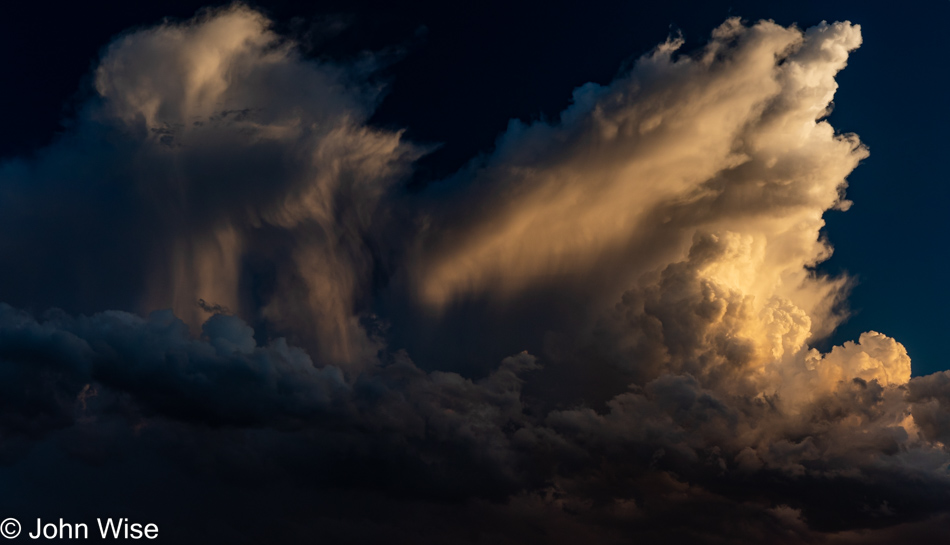
I can’t just drive by clouds that are this spectacular, but I swear, this is it.
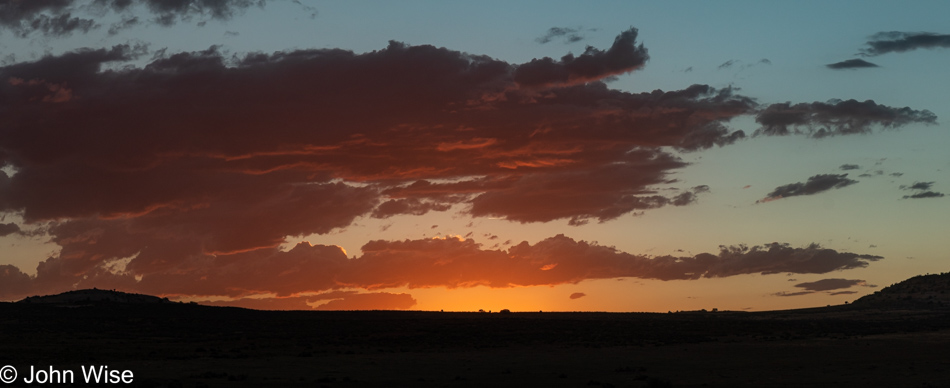
Okay, so I lied.
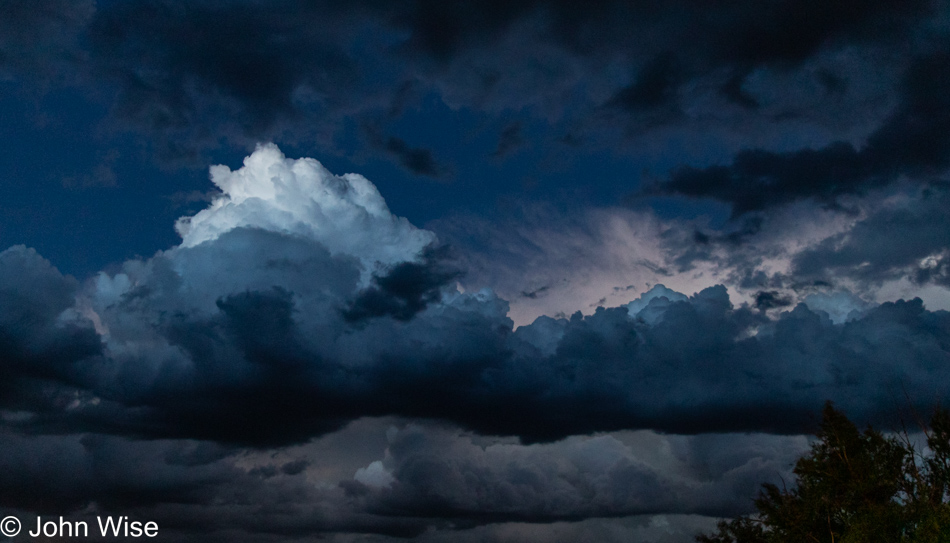
Tricked you here; you might have thought this was one more lie regarding stopping on our way to Blanding; well, we were pulling into our motel parking lot at 9:30 and just enchanted that down on the ground, it appeared to be already nighttime, but this one section of the sky was still capturing daylight from the long-set sun that we thought would be impossible to capture. But it turned out pretty good, or so I thought. So this is the last of the 37 images that accompany our day that started high in the mountains and followed us down to canyon lands in the southeast of Utah.
